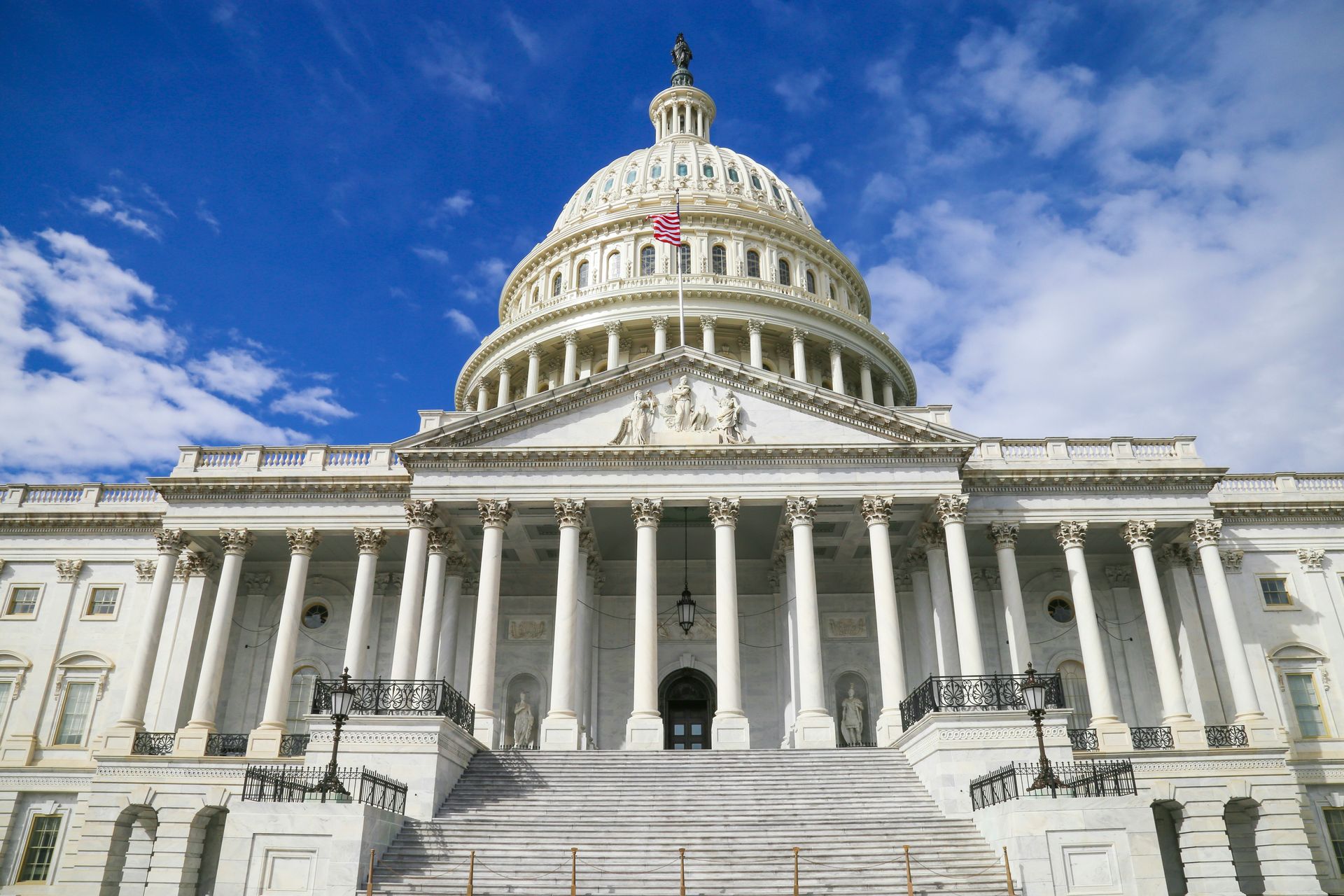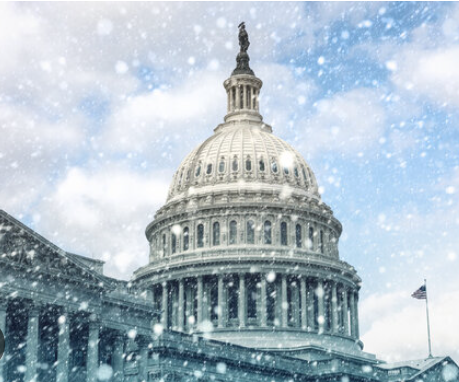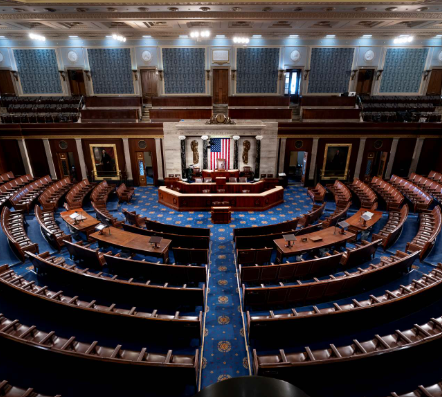Workforce Development + Feeding America: Bold Partnerships in the Fight to End Hunger
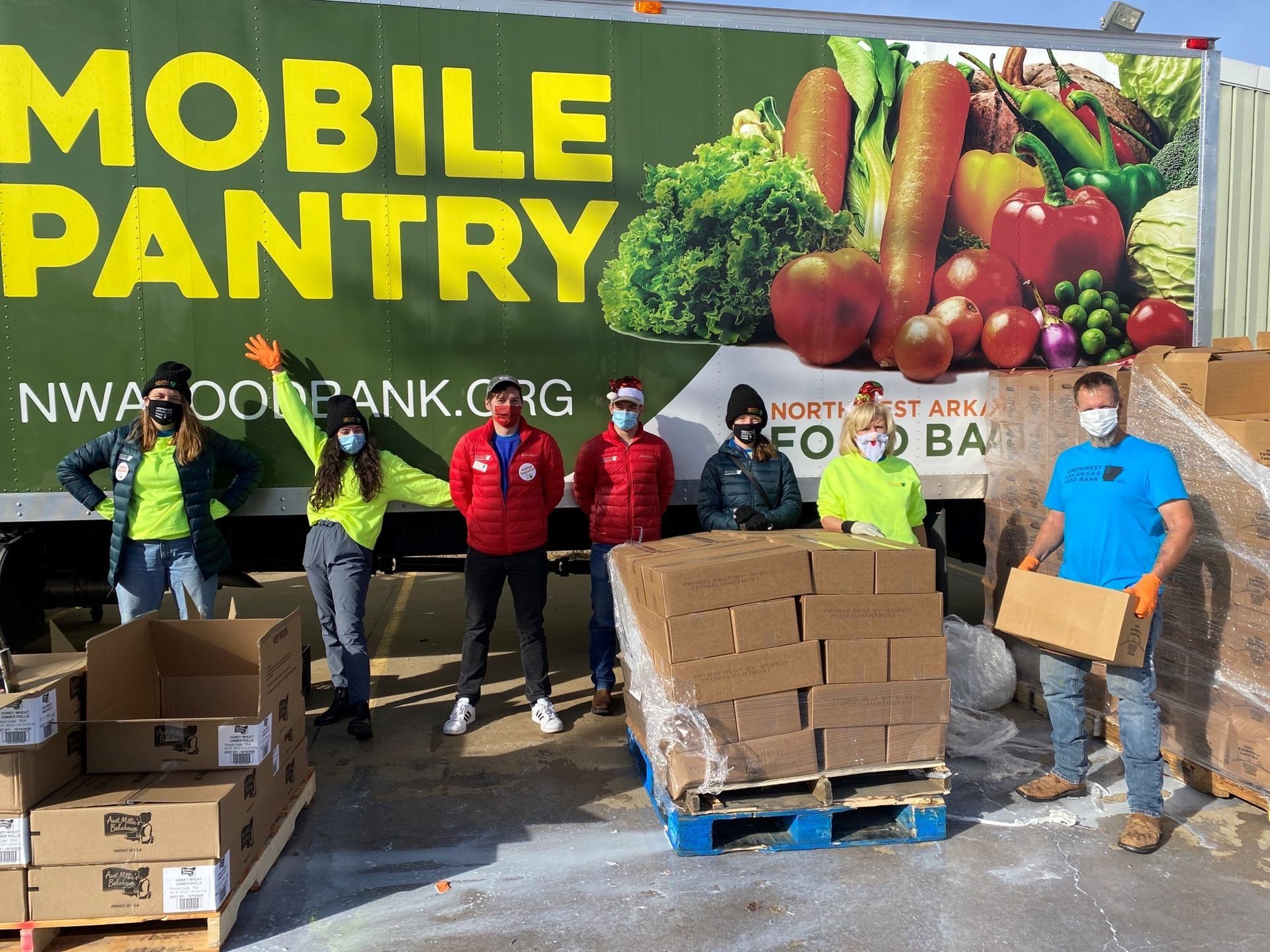
Feeding America®, the nation’s largest hunger relief organization, has a vision of an America where no one is hungry. In 2023, CEO Claire Babineaux-Fontenot put forth a call to action for the nation to help realize that vision through what we call the Bold Aspiration: Every community and each person within it has access to the food and resources they say they desire and need to thrive.
The Fact: Hunger is a National Crisis
Everyone needs nutritious food to thrive, and in every community in America, people are working hard to provide for themselves and their families. Yet in 2021, 34 million people—1 in 10 people—faced food insecurity, and 54 million people sought charitable food assistance. Other meaningful stats:
- 24% of all single female-led households with children struggle with hunger.
- People of Color and other disproportionately impacted communities (LGBTQ+, Veterans, etc.) experience food insecurity at drastically higher rates.
- Black people, Latinos, Native Americans and Pacific Islanders are 2-3 times more likely to live in food insecure households than white people.
- 1 in 4 active-duty service members (or 24% of active-duty service members) were food insecure in 2020.
- Recent studies have shown that households with a lesbian, gay, or bisexual adult were more likely to be food insecure than households without a sexual minority adult.
Through a network of more than 200 partner food banks, 21 statewide food bank associations and over 60,000 partner agencies like food pantries and meal programs, Feeding America is uniquely positioned to partner with local workforce development organizations to help support neighbors who could benefit or are seeking these supports.
Bold Solution – Holistic Approach to Workforce Development through Leveraged Collaborations
Feeding America is committed to addressing hunger today by providing nutritious food and ending hunger tomorrow by supporting economic mobility programs. Our commitment is rooted in the belief that financial well-being is a direct pathway to food security, and workforce development programs are a critical part of the fight to end hunger.
Currently, nearly 40 percent of Feeding America partner food banks offer workforce development resources to neighbors. These resources have included: providing food to participants in external workforce programs, referring neighbors to workforce development supports, offering in-house workforce development for warehousing and culinary jobs, or hiring neighbors to work at the food bank – all of which are incredibly helpful.
Still, with an additional 10 percent of food banks reporting they plan to engage with workforce development initiatives, we know there is plenty of opportunity to broaden the scope of what is traditionally considered workforce development.
Decades of experience from partner food banks and research from thought leaders in the field have provided a deep understanding of what it takes to support neighbors to obtain and retain employment. We also know integrating these systems of support within the workforce ecosystem are critical because neighbors have told us so. A standout example: neighbors say they can better succeed when they don’t have to worry about food.
“When you don't really know where your next meal is coming from, you can't really focus. But with the card [provided by a partner food bank] …I was able to buy the food, know where my food was coming from, and be able to focus on the program.” -WFD program participant receiving supports from a partner food bank.
In the broader community of workforce organizations, including the Department of Labor and within the Workforce Innovation and Opportunity Act law and regulations, the importance of wraparound supports have long been recognized. In its 2018 WFD Policy Platform, ACT Workforce Solutions noted that “participant access to targeted support services (also known as wraparound services) is essential to ensuring that participants’ basic needs are met so that participants have the opportunity to truly benefit from education and training programs.”
This is where Feeding America can help leverage the charitable food system to ignite systems integration, reimagine the future of workforce development and solve the crisis of food insecurity in the United States.
Our duty is to elevate the voices of neighbors to identify and create best practices and replicate them to scale and increase impact. To deepen our insights, we are identifying how best to partner with and contribute to the workforce development space.
We know we cannot do it alone.
We want to learn and share learnings with workforce development organizations. We want to figure out how to best provide transformational opportunities for neighbors and believe a partnership with local workforce development organizations can have significant impacts. We want to engage in conversations rooted in humanity and candor. We want to be in partnership with you.
It truly takes a village, and we hope that you’ll join us in realizing a vision of an America where no one is hungry. The Feeding America network can be an impactful contributor to the workforce ecosystem, and we are excited about the possibilities. We consider our responsibility to engage in a holistic approach to economic mobility through the expansion and creation of collaborations with workforce development organizations so that together we can integrate systems, remove systemic barriers, and reimagine transformative opportunities for neighbors to achieve and sustain long-term food security and financial wellbeing: a truly hunger-free America.
If you are interested in learning more about how to partner with food banks or have ideas on best ways for food banks to partner with workforce organizations, please contact Jessica Flores, Director- Innovation Economic Mobility Partnerships.
Jessica Flores, Director- Innovation Economic Mobility Partnerships has been working at Feeding America since January 2022. She is based in Chicago and is primarily leading workforce development efforts through the Innovation, Economic Mobility team.
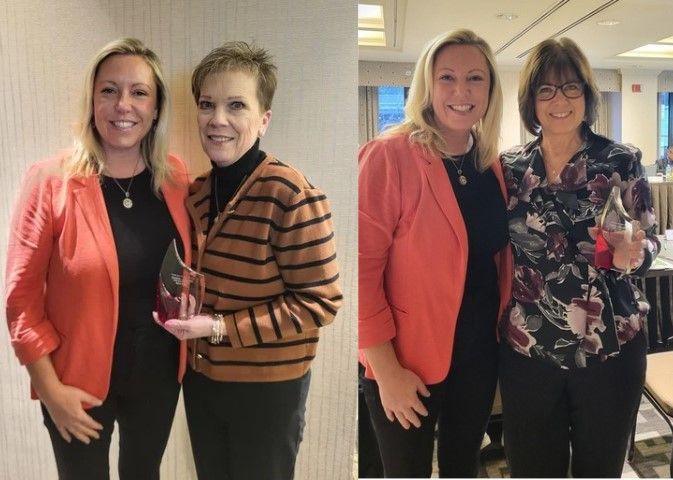
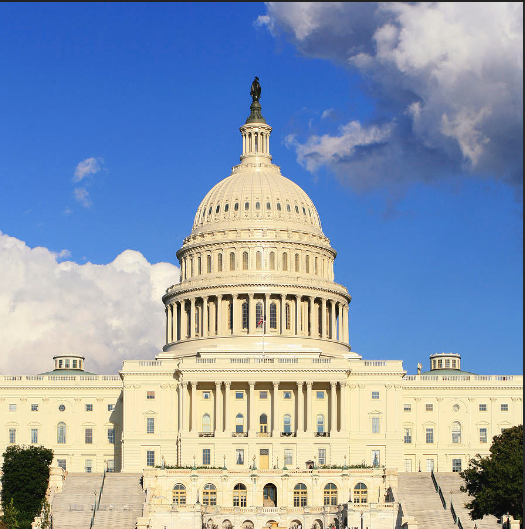
National Association of Workforce Boards | All Rights Reserved |
Created by Olive + Ash.
Managed by Olive Street Design.


